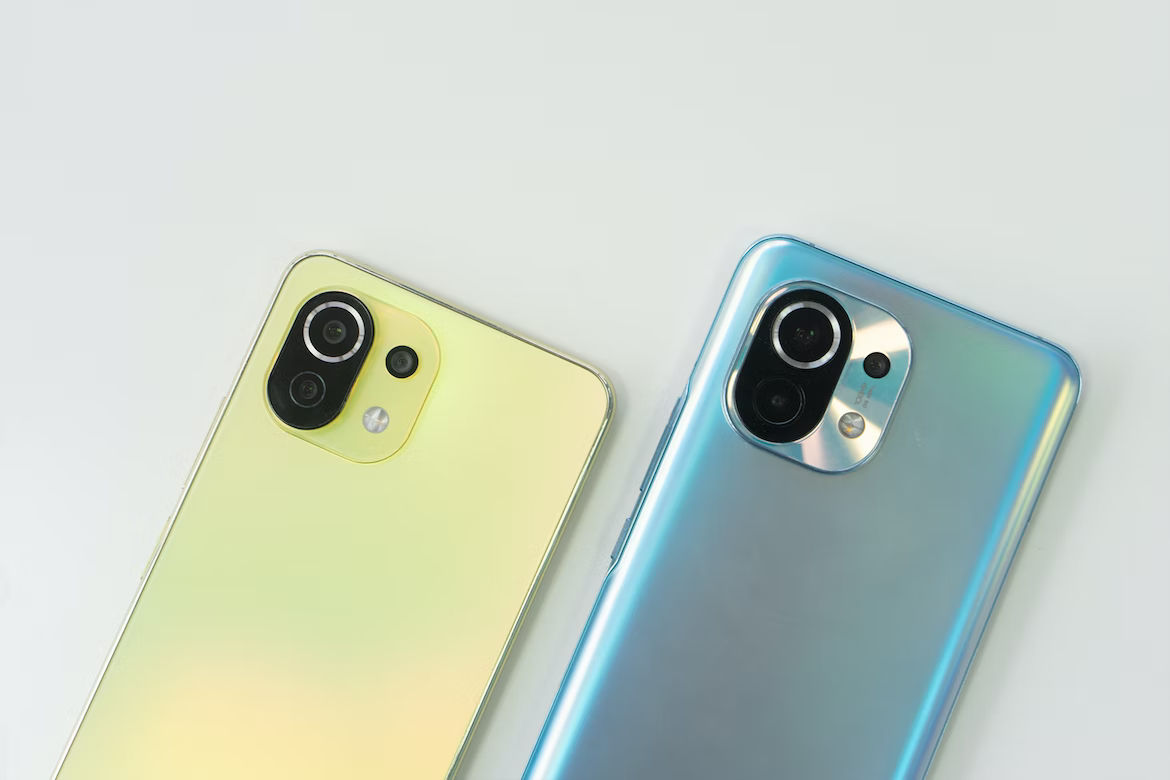Indian Prime Minister Narendra Modi launched 5G services on Saturday.
An official announcement states that the Prime Minister introduced 5G in a few cities before gradually extending it over the entire nation over the following few years.
Also read: 5G rolled out in India: Key highlights
Which smartphones support 5G networks?
Many businesses have introduced 5G smartphones in the nation, including Samsung, Motorola, Xiaomi, Realme, and even the newcomer Nothing. Since roughly two years ago, companies like OnePlus have released smartphones with 5G capability; these devices are marketed as being future-proof, and models like the OnePlus Nord 5G and OnePlus 8 Pro 5G are expected to go on sale in 2020.
But how effective, in terms of performance, are these older phones that tout support for 5G? The 5G spectrum auction for India has officially ended, with telcos like Airtel, Jio, and Vi bidding for several 5G bands (frequency ranges) to use for operations. Here’s a closer look at what bands will be crucial and, consequently, how effectively your 5G smartphone will work in India now that the 5G auction has ended.
Also read: 5G vs 4G: What the key differences are
Jio placed the highest bid during the 5G auction in India, paying a total of Rs 88,078 crores to buy a total of 24.7GHz of spectrum. After acquiring the rights to many of the 12 main bands, Airtel and Vi followed suit. Additionally, the Adani group purchased an n258 mmWave band, which is most likely only going to be used in commercial B2B use cases.

The first three bands (n28, n5, and n8) in the table above are low-spectrum bands that will provide extensive coverage but poor speeds. These rates will still be faster than 4G data speeds even if they will be substantially slower than the stated 5G speeds.
Mid-spectrum bands make up the following five bands (n3, n1, n41, n78, n77). These will provide a good blend of quick speeds and wide coverage.
Also read: How fast is 5G: Explained
The mmWave high-spectrum band is the final band. Although mmWave offers extremely fast data rates, its current popularity among Indian carriers is mostly due to its extremely short range. Despite the fact that all three of the main Indian telcos and newcomer Adani have secured rights for the n258 band, services in this frequency range are most likely to be used for business-to-business (B2B) communications.
What bands must your phone be compatible with?
The 12 main 5G bands should all be supported by a good 5G smartphone in order to provide the finest 5G coverage not only in India but also outside. But in India, the eight bands—n28, n5, n8, n3, n1, n41, n77, and n78—mentioned above should be adequate for the majority of requirements. Any smartphone with a 5G processor and compatibility for these eight bands should therefore function properly with 5G in India.
Also read: Modi to launch 5G in India: Which cities get services in first rollout
Examples include, among many others, the OnePlus 10T, the Nothing phone (1), the Realme GT2 Pro, the Galaxy S22 series from Samsung, and the iPhone 13 series.
Numerous phones will also support most of the eight bands, with the exception of a few crucial ones like the n77 band or the n3, n5, and n8 bands. These phones will handle 5G well in some areas but may have trouble getting a signal in others depending on the bands that are present on such handsets.
For example, phones without n5 and/or n8 support may function flawlessly in Tier I and Tier II areas and major metropolises but may experience 5G coverage issues in remote locations.
Also read: Musk presents Optimus bot prototype dancing at Tesla AI Day 2022: Watch
Then there are phones that don’t support several of the important bands. Examples include affordable gadgets like the Realme Narzo 30 5G and the Vivo T1, as well as the Vivo X70, Oppo F19 Pro+, and OnePlus 9 Pro. You might not have a very flawless experience with 5G if your 5G phone is missing out on important bands like n28, n5, n8, n3, n1, n41, or n77.
Which 5G bands can your phone support?
The number of 5G bands supported by the majority of Android and iOS devices can be discovered on the retail box package, the company’s product page, or both. Simply go to the company’s website, search for the page on your specific model, and navigate to the ‘Network’ section to see which bands are supported if you’re trying to determine whether your phone supports 5G bands but can’t find any information on the box or don’t have the box itself.







